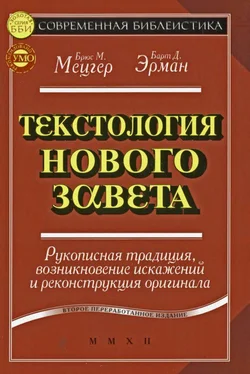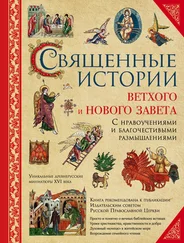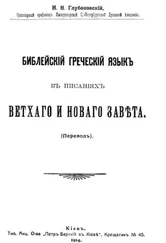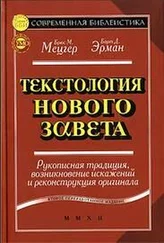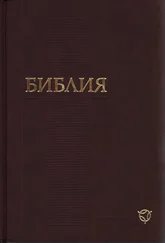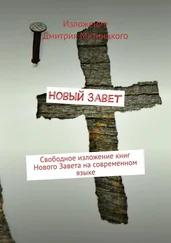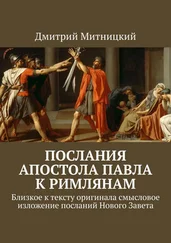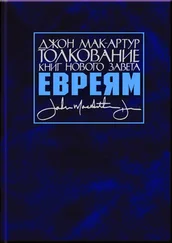См. Bart D. Ehrman, «The Use of Group Profiles for the Classification of New Testament Documentary Evidence», Journal of Biblical Literature , cvi (1987), pp. 465–486; idem, Didymus the Blind, pp. 223–253.
См. Ehrman, Didymus the Blind; Darrel D. Hannah, The Text of 1 Corinthians in the Writings of Origen (Atlanta, 1997). Roderic L. Mullen, The New Testament Text of Cyril of Jerusalem (Atlanta, 1997). Последующие тома в серии посвящены Афанасию [Великому] (John Brogan), Василию Великому (Jean-François Rasine), Епифанию (Carroll Osburn).
См. напр., прототип edition critica maior мюнстерского Института текстологических исследований Нового Завета ( http://nestlealand.uni-muenster.de).
См. вступительное слово Бонифация Фишера «Computer und der Text des Neuen Testamentes», Studia Euangelica, vi (Berlin, 1973), p. 109: «Сегодня, говоря о применении компьютера, исследователь Нового Завета может больше не опасаться того, что его не будут воспринимать всерьез».
Работа Эллисона, «The Use of Electronic Computers in the Study of the Greek NT Text», (Diss., Boston, 1957), завершенная в 1957 г., была начата уже в 1950-м. Исследования в данной области от Эллисона до 1995 года см. Robert A. Kraft, «The Use of Computers in New Testament Textual Criticism», in The Text of the New Testament in Contemporary Research, ed. by Ehrman and Holmes, pp. 268–282.
См., например, Wilhelm Ott, «Transcription and the Correction of Text on Paper Tape: Experiences in Preparing the Latin Bible Text for the Computer», LASLA Revue, ii (1970), pp.51–56; idem, «Computer Applications in Textual Criticism», in The Computer and Literary Studies , ed. by J. Aitken, et al. (Edinburgh, 1973), pp. 199–223; Bonifatius Fischer, «The Use of Computers in NT Studies, with Special Reference to Textual Criticism», Journal of Theological Studies, n. s., xxi (1970), pp. 297–308; idem, «Computer und der Text», Studia Euangelica. См. также Vinton A. Dearing, «Determining Variations (in the Greek NT Text) by Computer», Society of Biblical Literature Seminar Papers , ii (1974), pp. 14–35; idem, Principles and Practise of Textual Analysis (Berkeley, 1974).
Kraft, op. cit.
См. David C. Parker, «The Text of the New Testament and Computers: The International Greek New Testament Project», Literary and Linguistic Computing , xv (2000), pp. 27–41; Klaus Wachtel, «Editing the Greek New Testament on the Threshold of the Twenty-first Century», Literary and Linguistic Computing , xv (2000), pp. 43–50.
Для доступа к ресурсам в Интернет см. обновленные ссылки на странице NT Gateway, созданной и поддерживаемой Марком Гудакром (Goodacre) в Университете Бирмингема ( www.ntgateway.com/resource/textcrit.htm).
См.
Более современные методы использования компьютеров с применением сложных статистических моделей для классификации рукописей см.: J. C. Thorpe, «Multivariate Statistical Analysis for Manuscript Classification», T-C: A Journal of Biblical Textual Criticism ( http://purl.org.tc) vii (2002); Spencer, Wachtel and Howe, op. cit., pars. 25–38.
D. C. Parker, «Through a Screen Darkly: Digital Texts and the New Testament», Journal for the Study of the New Testament , xxv (2003), p. 409.
Изданы в серии Arbeiten zur neutestamentlichen Textforschung (Berlin, 1987–1999).
Также изданы в серии Arbeiten zur neutestamentlichen Textforschung (Berlin, 1986–1994).
См. прим. 339.
The New Testament in Greek IV: The Gospel According to St. John, vol. i, The Papyri, ed. by W. J. Elliott and D. C. Parker ( New testament Tools and Studies, xx; Leiden, 1995).
The New Testament in Greek IV, volume ii, The Majuscules (Leiden, 2007).
Это издание не содержит транскрипции самых длинных рукописей — p 66и p 75, так как оно уже доступно в публикации коллекции Бодмера; см.Также и том с маюскулами представляет транскрипцию только 36 фрагментов источников, хотя разночтения 28 полных маюскульных рукописей включены в критический аппарат.
Для всех папирусов, вновь за исключением p 66и p 75, даются полные фотовоспроизведения; из других включены отдельные характерные листы; в томе с маюскулами даны полные фотокопии рукописей, сохранившихся фрагментарно и образцы страниц для полных рукописей.
См.
Обсуждение этого вопроса исследователем, стоящим на другой, значительно более старой, точке зрения, см.: John W. Burgon, The Causes of the Corruption of the Traditional Text of the Holy Gospels , ed. by Edward Miller (London, 1896). Интересный анализ того, как возникали ошибки на каждом из нескольких этапов процесса переписывания см. Eugene Vinaver, «Principles of Textual Emendation», Studies in French Language and Medieval Literature presented to Prof Mildred K. Pope (Manchester, 1939), pp. 351–369; См. так же J. Andrieu, «Pour l’explication psychologique des fautes de copiste» Revue des études latines , xxviii (1950), pp. 279–292. Другие исследования о особенностях практики и характерных ошибках переписчиков: Klaus Junack, «Abschreibpraktiken und Schreibergewohnheiten in ihrer Auswirkung auf die Textüberlieferung», in New Testament Textual Criticism: Its Significance for Exegesis. Essays in Honour of Bruce M. Metzger, ed. by Eldon J. Epp and Gordon D. Fee (Oxford, 1981), pp. 277–295; James Royse, «Scribal Tendencies in the Translation of the Text of the New Testament», in The New Testament in Contempopary Research: Essays on the Status Quaestionis, ed. by Bart D. Ehrman and Michael W. Holmes (Grand Rapids, MI, 1995), pp. 239–252; R. M. Head and M. Warren, «Re-inking the Pen: Evidence from P. Oxy 657 (P 13) Concerning Unintentional Scribal Errors», New Testament Studies, xliii (1997), pp. 466–473.
Читать дальше
